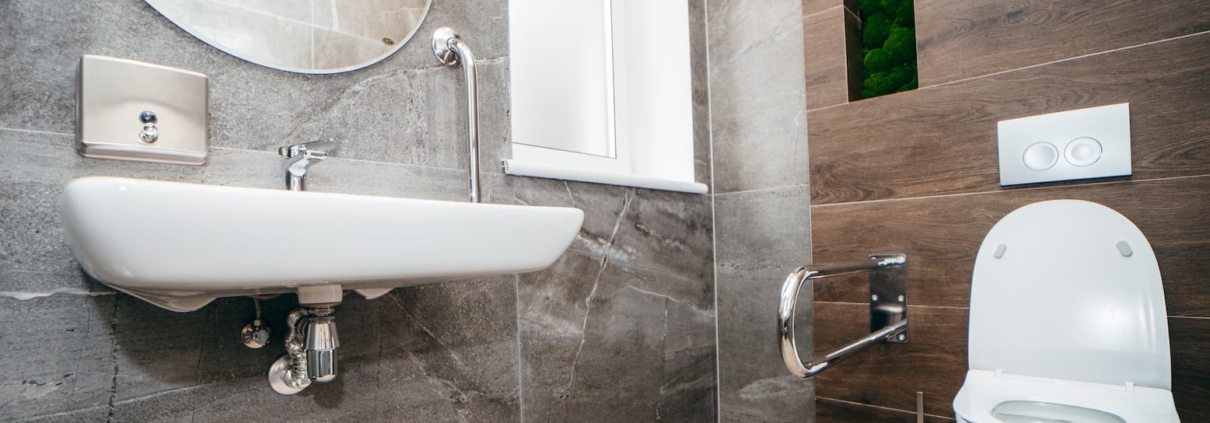Good practice in the design of homes and living spaces for people with dementia and sight loss
Whether adapting a family residence or designing a purpose-built care home, individual differences in tastes, needs and abilities mean that creating homes that simultaneously cater for all the people who live in them is challenging. People with dementia experience impaired memory, learning and reasoning and become more reliant on their senses. People with very poor vision face a different but not entirely dissimilar set of challenges.

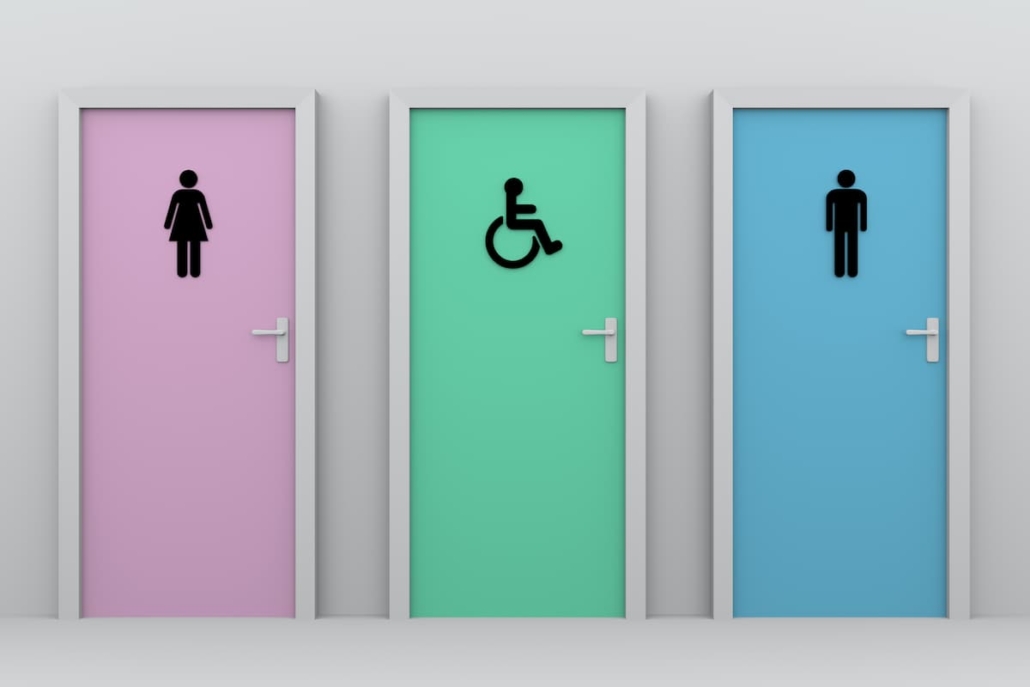
Colour and contrast
Colour and contrast can both be used to enable people with sight loss and dementia to identify different rooms and key features inside and outside of their homes. Good use of colour and contrast can facilitate independent living, for example, by supporting people to find their way around and to use fixtures and facilities such as lighting unassisted.
- Coloured doors (see also: Entrances and exits)
- Contrasting key features
- Contrasting potential hazards
- Choice of colour and contrast
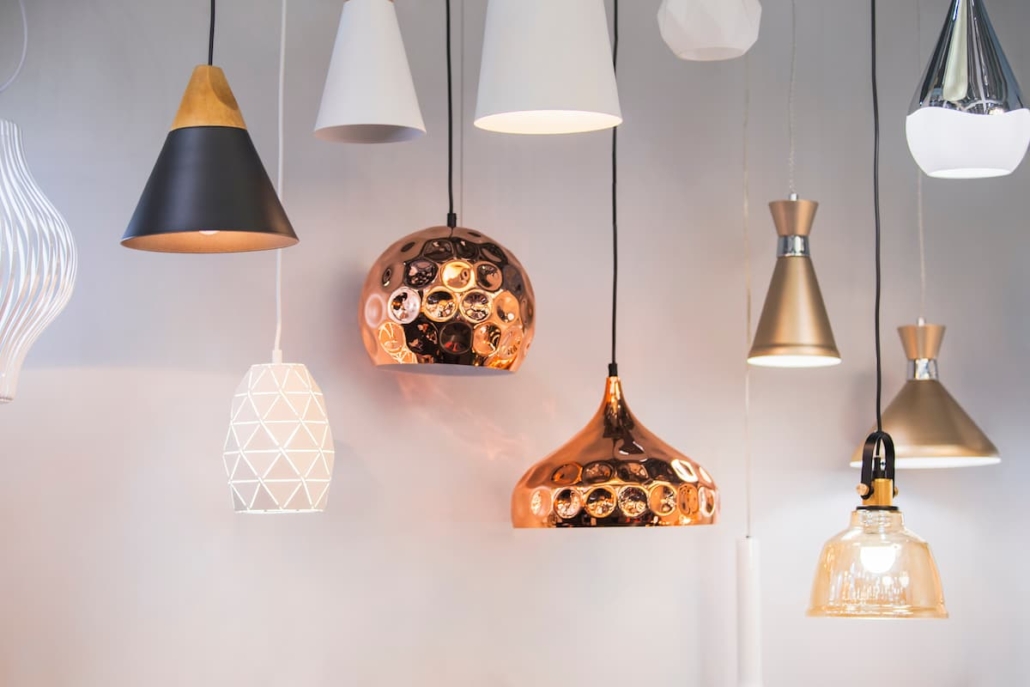
Lighting
Lighting is important to people with sight loss and dementia. Good lighting can make the most of people’s capabilities and help to compensate for poor eyesight; it can assist people in finding their way around both new and familiar spaces and help them to undertake specific tasks.
- Maximisation of natural light
- Types of artificial lighting
- Positioning of lighting
- Intensity and uniformity of light
- Control of lighting
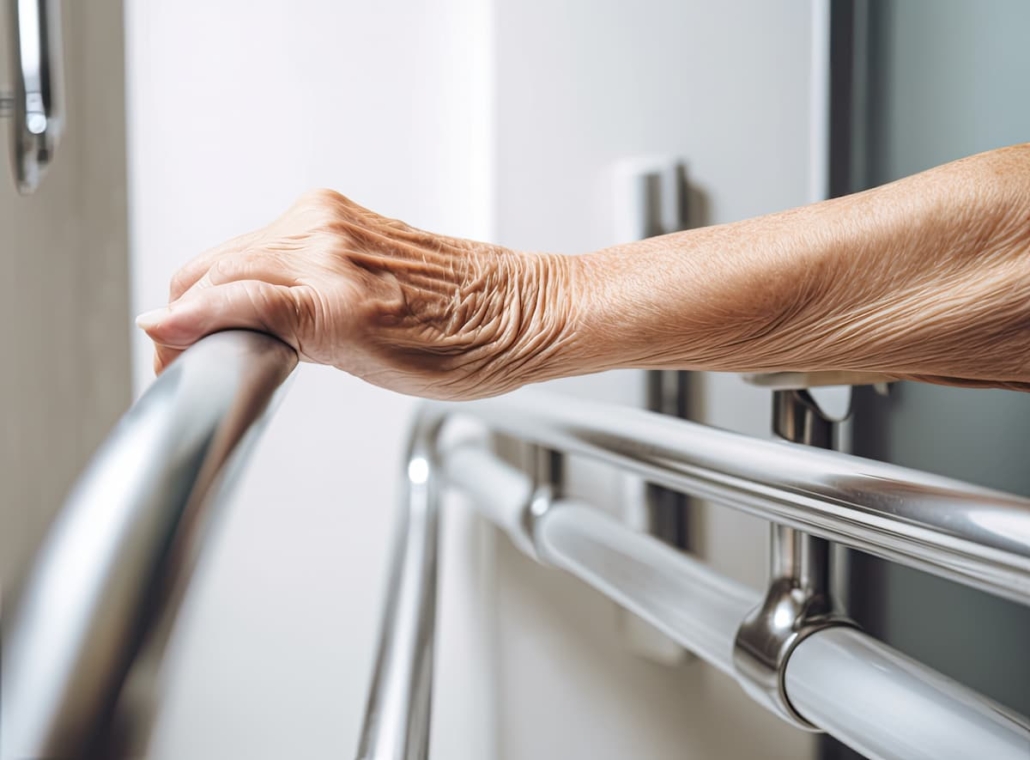
Fixtures and fittings
The design of fixtures and fittings within the home is important. Good design can ensure that those people with sight loss and dementia are able to easily identify and use fixtures and fittings in their homes. Well designed fixtures and fittings can facilitate independent living. For example, providing user-friendly kitchen devices may encourage people to prepare their own food, and suitable handrails and grab rails will support people to move independently around their homes.
- Handrails and grab rails
- Rugs and mats
- Controls (e.g. on appliances or for central heating)
- Light switches and electrical sockets
- Room furnishings
- Assistive technology
- Signage
- Colour and contrast (see above)
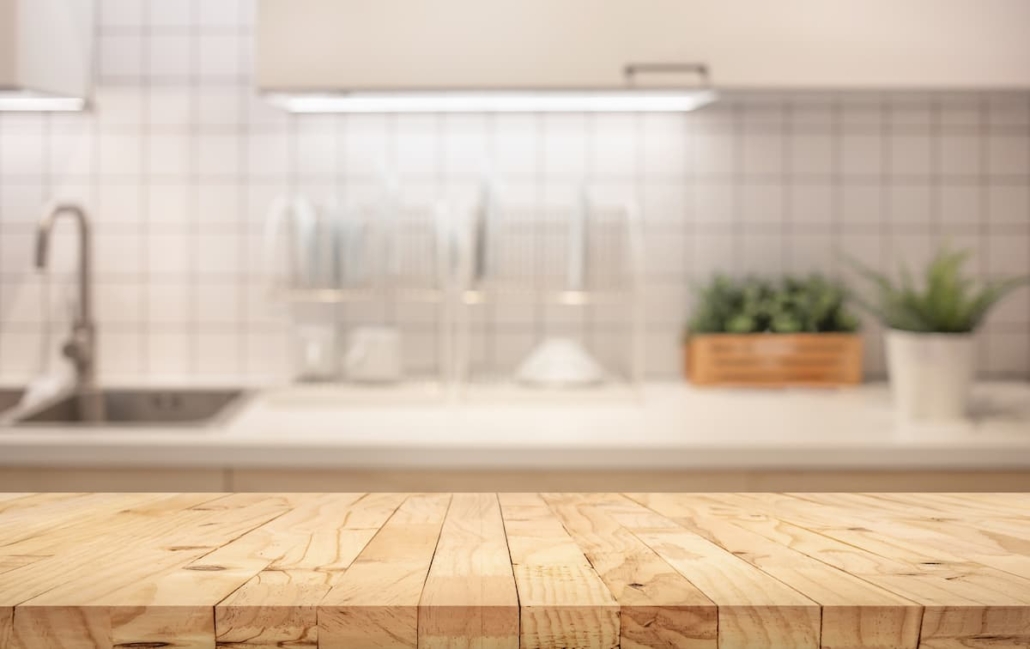
Kitchens
Good layout and design of kitchens can make preparation of food and drink easier and thus facilitate independent living for people with sight loss and dementia.
- Lighting (see above)
- Worktops
- Colour and contrast (see above)
- Ovens, hobs and microwaves
- Cupboards and cabinet design
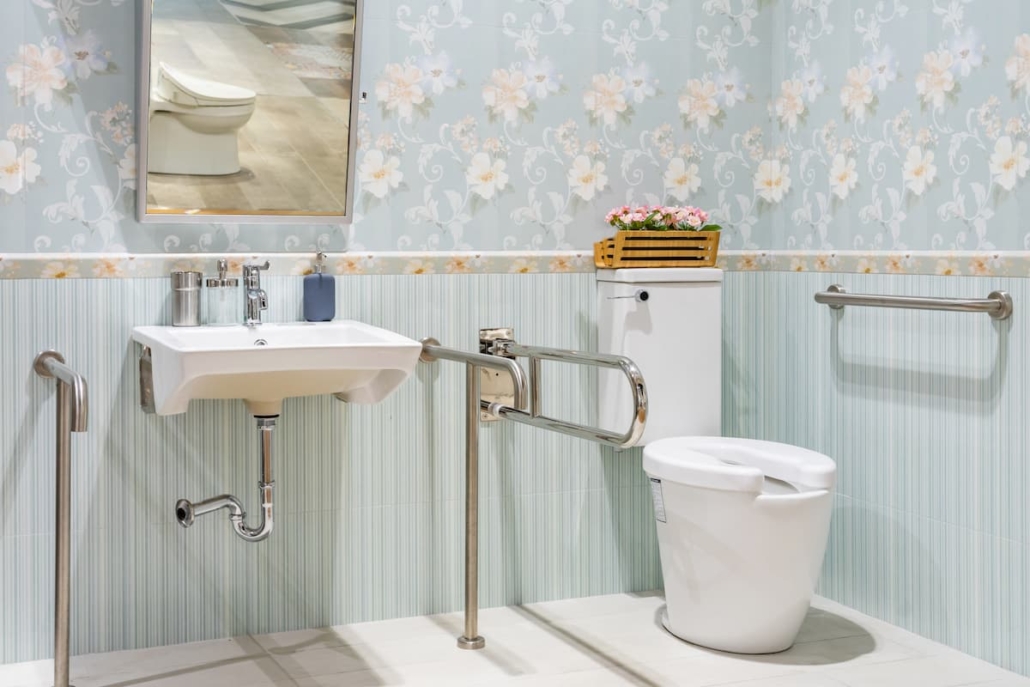
Bathrooms
Good bathroom design can support more independence with washing, toileting and personal hygiene. Good design can also help with identification of the toilet and bathroom, especially during the night.
- Lighting (see above)
- Bathroom fittings (see Fixtures and fittings)
- Bathroom doors
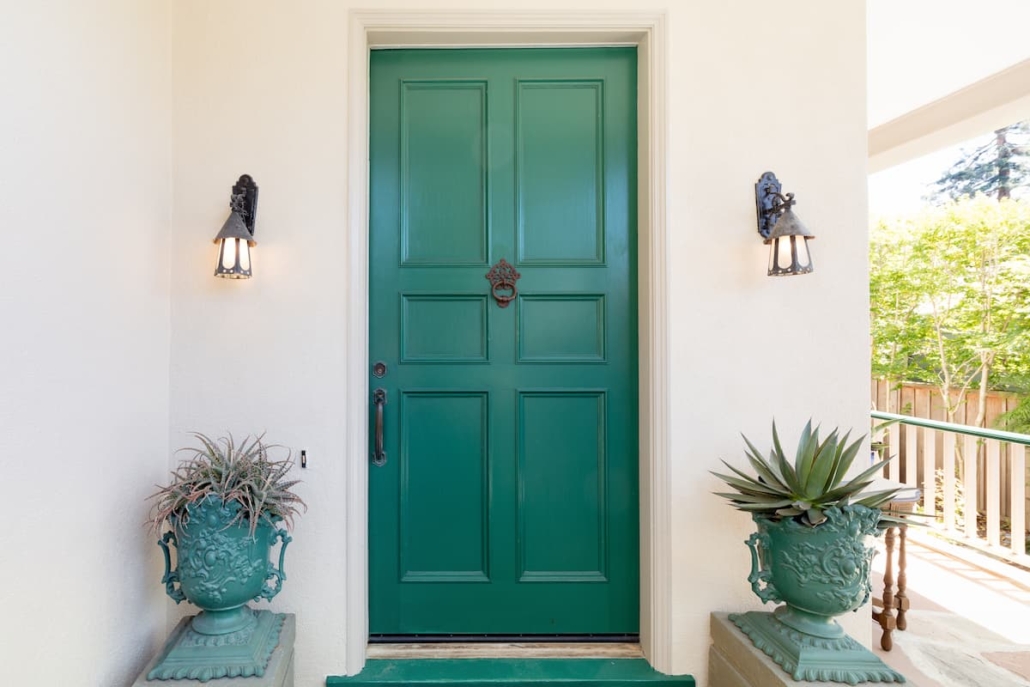
Entrances and exits
Good design of entrances and exits is important for people with sight loss and dementia. With good design
of both internal and external entrances and exits, people with dementia and sight loss will be able to move easily between rooms and to enter and leave buildings freely.
- Door security
- Accessibility of entrances and exits
- Visibility of entrances and exits (See also: Colour and contrast)
- Lighting at entrances and exits (See also: Lighting)

Outdoor spaces
It is important that people are able to access gardens and outdoor areas adjacent to their homes. Going outdoors has been shown to have multiple benefits including:
- providing physical exercise
- helping to maintain normal sleeping patterns and daily rhythms
- improving mood and helping people to cope with stress
A well-designed outdoor space can be enjoyed by people with sight loss and dementia, as well as their families.
- Accessibility of outdoor spaces and path design
- Perimeter fences
- Plantings

